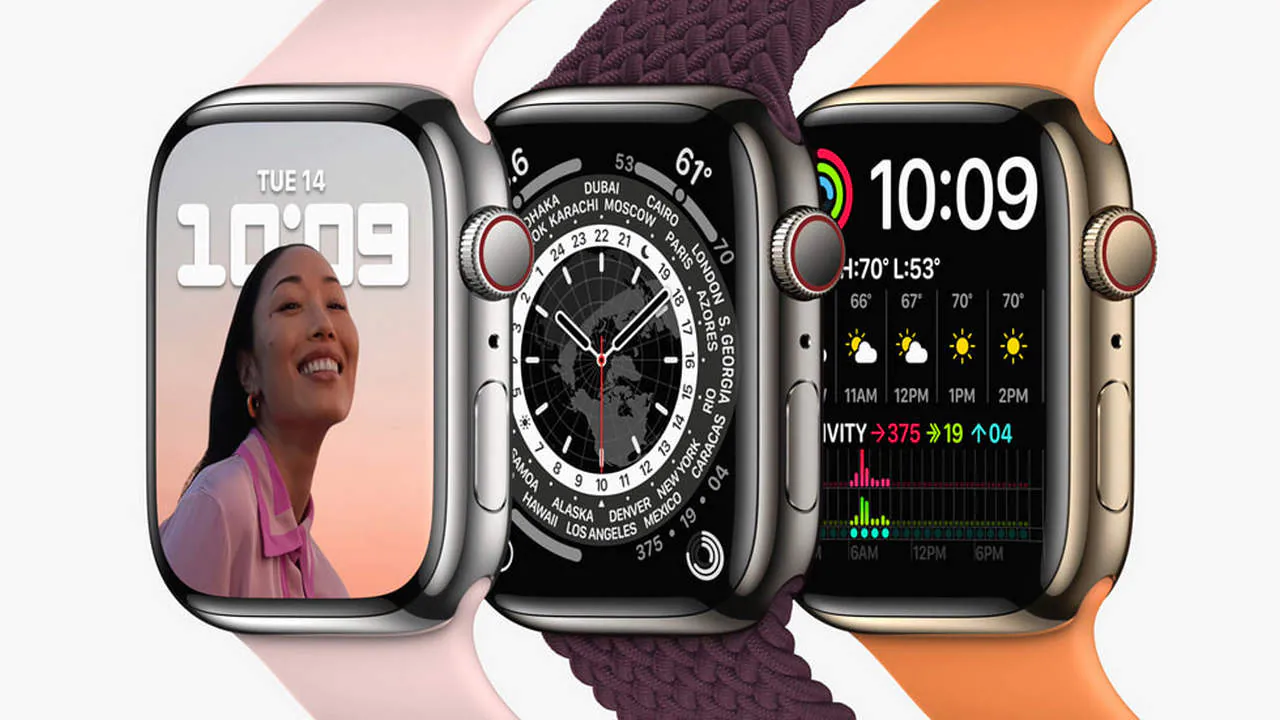In a remarkable development, a team of scientists may have achieved a groundbreaking advancement in wound healing: creating bioprinted skin that closely resembles natural skin.

In a series of experiments conducted on mice and pigs, these researchers observed that this newly developed skin exhibited a remarkable ability to expedite wound healing while minimizing scarring. This innovative technology can revolutionize the treatment of severe burns and offer individuals the possibility of complete skin restoration.
Beneath the surface, the intricacy of our skin goes beyond what meets the eye. It consists of three distinct layers, each with its unique anatomical characteristics. When individuals experience significant wounds or skin conditions, their natural healing mechanisms often fall short of fully restoring the skin’s appearance and functionality.
While temporary and permanent skin grafts, involving the transplantation of undamaged skin from one area to the injury site, have been instrumental in saving lives and treating severe wounds, they typically fail to replicate the natural aesthetics of skin.
The prospect of treating these injuries by promoting the complete regeneration of damaged skin is an exciting avenue of research. Scientists from the Wake Forest Institute for Regenerative Medicine are pursuing this ambitious goal by harnessing the potential of bioprinting technology, which employs advanced 3D printing techniques to craft tissue-like structures that closely mimic natural tissue.
Their latest research, featured in the Wednesday publication of Science Translational Medicine, presents the innovative development of their printed skin.
Bioprinting involves amalgamating living cells, essential nutrients, and other biological components to recreate various tissue types. In this study, the research team successfully generated bioprinted skin utilizing all six categories of skin cells in conjunction with specialized hydrogels serving as a bio-ink. The resulting composite remarkably resembled full-thickness human skin, including all three skin layers—a groundbreaking achievement by the researchers.
Following the successful development of bioprinted skin, the research team conducted experiments using injured mice and pigs as test subjects. In these animal trials, the bioprinted skin was remarkably able to stimulate the rapid formation of new blood vessels and generate healthier-looking tissue. These outcomes surpassed the typical results achieved with grafts. Ultimately, this led to an enhancement in wound healing and reduced scarring.
Anthony Atala, the co-lead author of the study and the director of the Wake Forest Institute for Regenerative Medicine, emphasized the significance of this achievement in addressing a considerable clinical challenge. He noted that comprehensive skin healing represents a substantial issue affecting millions of individuals worldwide, with limited treatment options available. Atala highlighted, “These results demonstrate the feasibility of creating full-thickness human bioengineered skin, which not only accelerates the healing process but also yields more natural and aesthetically pleasing results.”
It’s crucial to recognize that laboratory and animal experiments represent just the initial phases in demonstrating the efficacy of a potential treatment or medication. Therefore, further research, including human clinical trials, will be necessary before we can anticipate the widespread availability of this groundbreaking technology to the public.
Nonetheless, should this research yield positive outcomes, the authors are optimistic that a variant of this printed skin could offer individuals complete recovery from severe burns and other significant skin injuries.









